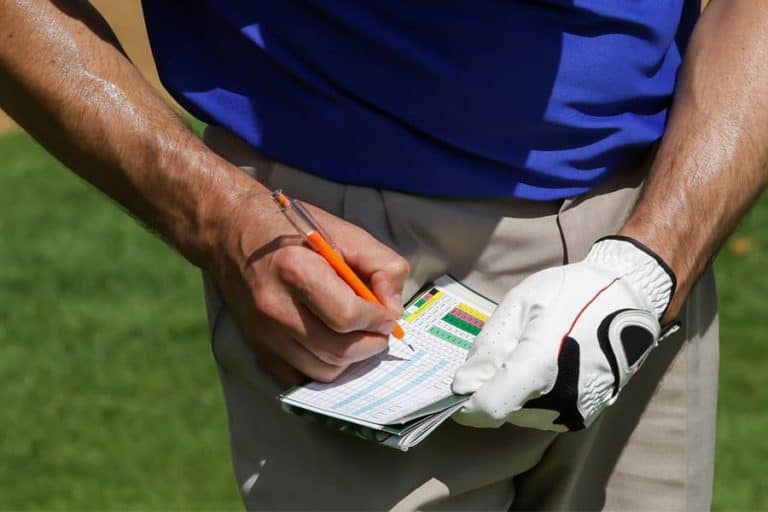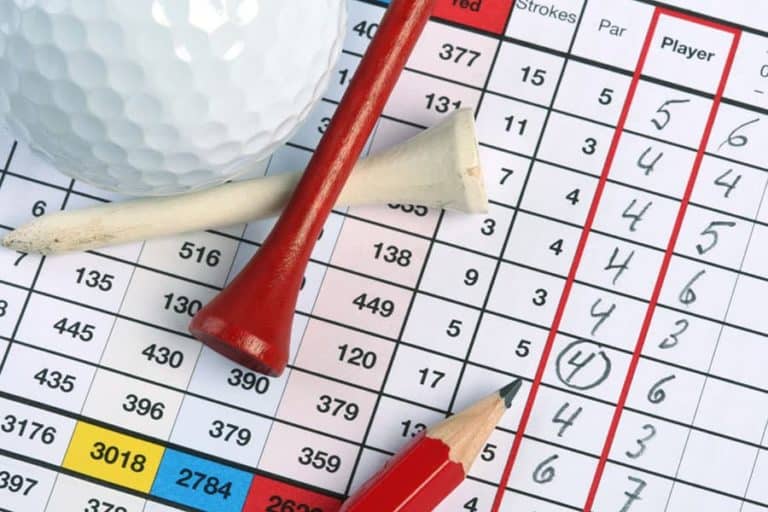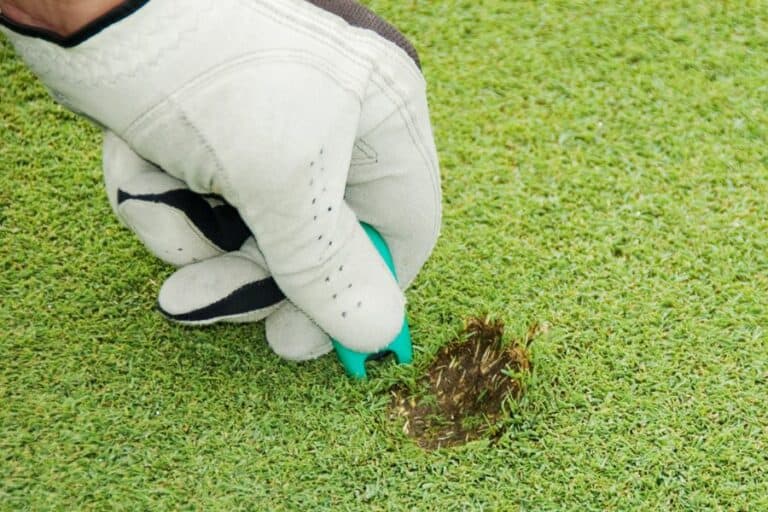Reverse K Golf Swing – Setup, Differences And Tips
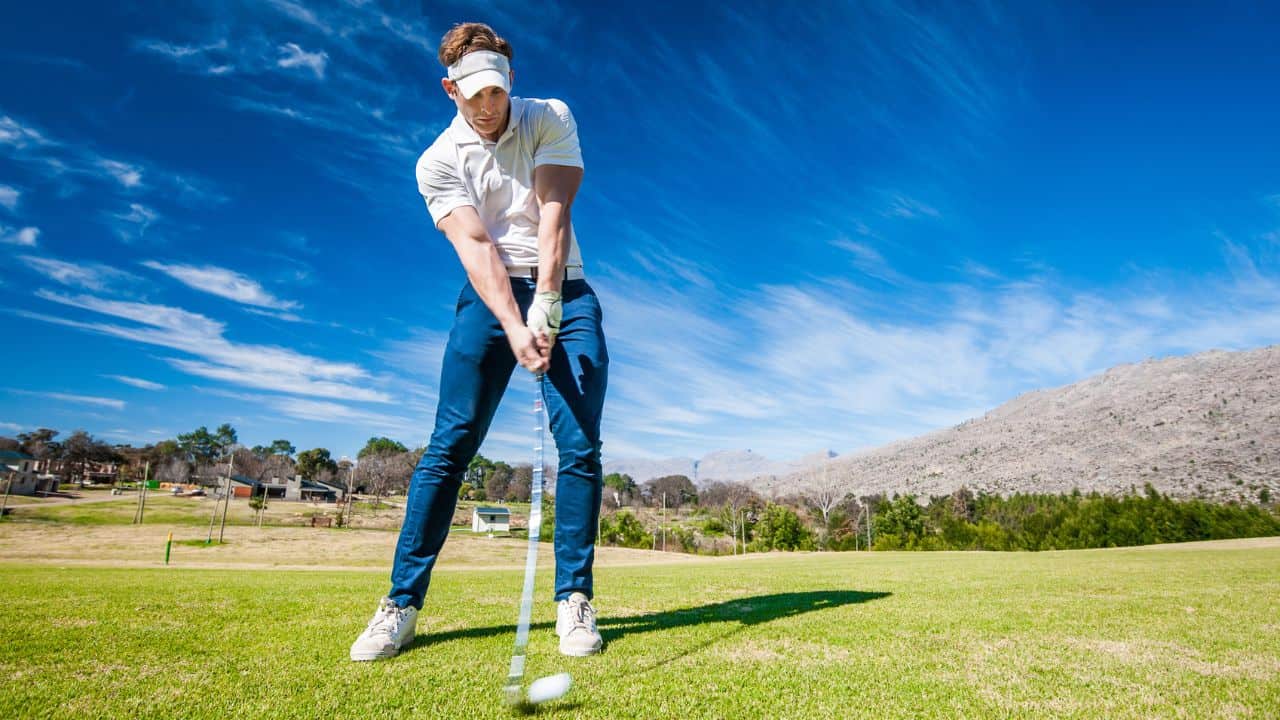
Reverse K setup in golf is a fundamental approach that has the ability to aid golfers in achieving greater accuracy, power, and overall performance in their swings.
In this guide, we will look in detail at Reverse K golf, providing you with valuable insights and step-by-step instructions to benefit and transform your golfing experience.
I. What is Reverse K Golf?
The Reverse K in golf refers to a technique that involves positioning your lower and upper body at setup to help enhance overall ball flight and power.
It involves bending your knees, turning your hips towards the target, and slightly forward, creating the distinctive “Reverse K” shape.
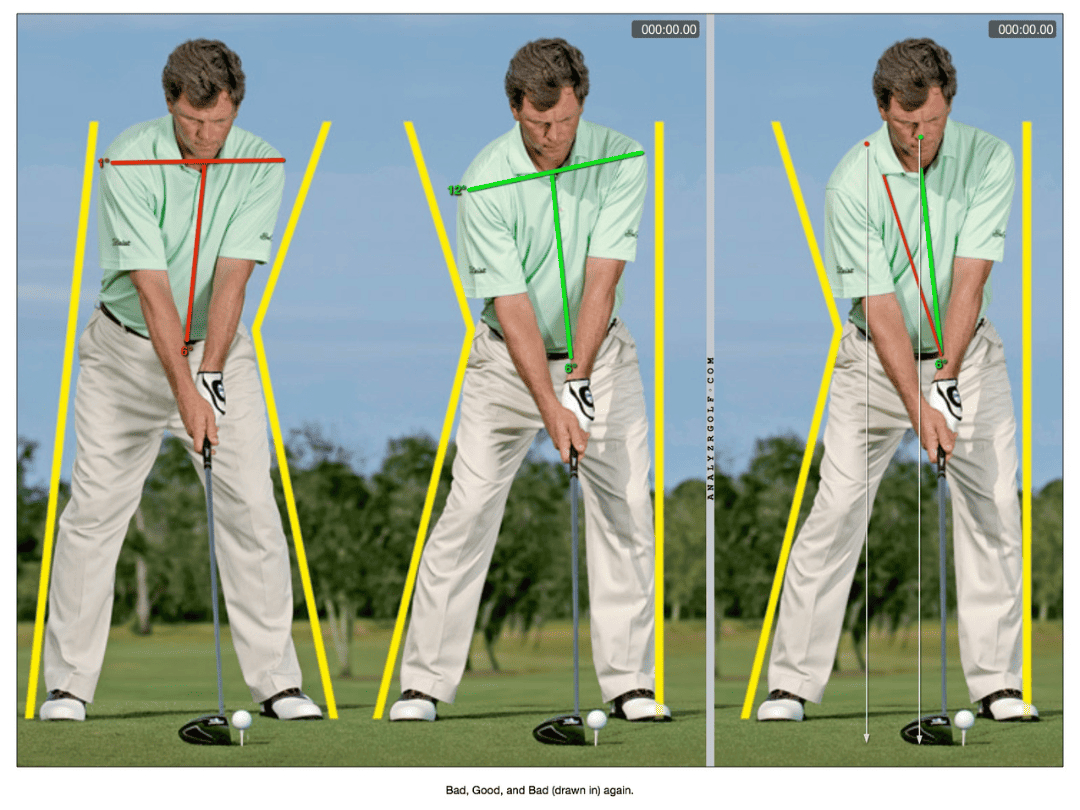
This setup helps maintain the right spine angle and posture, optimizes weight distribution, and facilitates a smoother pivot during your swing. It’s a simple yet effective method that enhances ball contact consistency and the potential for greater shot distance.
II. Reverse K Golf Setup
A good golf game starts with a proper setup, and the Reverse K simplifies that with posture, angles, and swing issues.
To master the position, you should focus on the following essentials:
1. Proper stance
Proper stance in Reverse K golf is crucial as it lays the foundation for the effective execution of the swing. Here are the key elements of a proper stance:
- Stance Width: Maintain a stance that is shoulder-width or slightly wider.
- Foot Position: Ensure your feet are perpendicular to the target line, with toes pointing straight ahead or slightly outward.
2. Body Alignment
Proper alignment is vital for shot accuracy, with two key elements:
- Shoulder Position: Keep shoulders parallel to the target line.
- Hip Position: Slightly turn hips right or left to create the reverse K shape.
3. Club Positioning
Club Positioning in Reverse K setup is crucial with two key elements:
- Grip: Maintain a neutral grip with palms facing each other and thumbs pointing down the shaft.
- Head Position: Ensure the club head is behind the golf ball and the shaft leans slightly forward toward the target, facilitating the reverse K shape and promoting an upward strike on the ball.
III. Reverse K with different clubs
Different types of golf clubs require a different approach within the framework of the Reverse K stance. Let’s take a look at each club:
1. Reverse K Setup with Driver and Woods
- Weight Distribution: In the Reverse K stance with Driver and Fairway Woods, focus on distributing your weight toward your right side during the setup. This helps set the stage for a powerful swing.
- Ball Position: Place the ball off your left heel to promote an upward strike on the ball. This technique optimizes your trajectory and distance while minimizing backspin.
- Stanford-Backed Technique: The effectiveness of this setup was validated by a Stanford study. You can utilize it for 3 or 5 Woods with minimal adjustment. Ensure the ball is at the front center of your stance for crisp fairway wood shots.
- Consistent Posture: Maintain a consistent posture throughout your swing, regardless of the club you’re using. This fundamental aspect is crucial for achieving success with Driver and Woods.
2. Reverse K Setup with Irons
- Descending Strike: The setup for Irons necessitates a different approach. You should aim for a descending strike on the ball, making contact with it before the turf.
- Ball Placement: For shorter Irons, the ball should be positioned just ahead of the center. For longer Irons, having the ball in the center or slightly forward is ideal.
- Hip Movement: Shift your hips slightly toward the target when setting up with Irons. This adjustment is key to achieving the desired impact and ball flight.
- Consistent Setup: Regardless of the club in hand, remember that setup is a crucial aspect that should become second nature in your golf game. Consistency is key to success with Irons.
3. Reverse K Setup with Wedges
- Head Position: When using Wedges, your head should be positioned slightly ahead of the ball in the setup.
- Ball Position: To achieve a clean and precise strike that minimizes spin and offers a controlled, lower ball flight, shift the ball slightly back from the center position.
- Weight Distribution: Ensure that your weight is forward, allowing you to trap the ball effectively for optimal results.
- Precision and Control: Wedges require a setup emphasizing precision and control over distance. These key adjustments enhance your performance with these clubs.
IV. Advantages of Reverse K Golf
The primary purpose of the reverse K potion is to enhance the power and distance of a golfer’s swing, along with the following benefits:
- Generate more power
- Hits the ball higher
- Creates more distance
- A good option for golfers with high swing speeds
V. Disadvantages of Reverse K Golf
Swing changes, including the reverse K position, can pose challenges. Some of the problems one might encounter are:
- Difficulty in maintaining a consistent ball flight
- Less effective for irons and wedges compared to the driver swing
- This can lead to slicing or hooking if the swing is not executed correctly
- Can be more difficult to master than the traditional golf setup
VI. Differences between traditional setup and Reverse K setup
The main differences between the traditional setup and the reverse K setup are the foot positioning and hip positioning. Here is a detailed outline table of both setups.
| Aspect | Traditional Setup | Reverse K Setup |
| Stance width | Shoulder-width or slightly narrower | Shoulder-width or slightly wider |
| Foot Positioning | Parallel to the target line | Perpendicular to the target line |
| Hip Positioning | Neutral or slightly open | Turned slightly to the right (for right-handed golfers) or left (for left-handed golfers) |
| Club Positioning | Neutral grip with palms facing each other and thumbs pointing down the shaft | Neutral grip with palms facing each other and thumbs pointing down the shaft |
| Purpose | Balanced between power and accuracy | Primarily emphasizes power with a focus on creating distance |
VII. Tips to follow for your perfect Reverse K Swing
- Visualize ball trajectory to boost confidence and consistency
- Maintain an athletic position
- Keep your knees bent and left hip aligned
- Slightly bump your right hip left side toward the target
- Lower your right shoulder and keep your right hand lower than your left
- Use practice drills to develop muscle memory
- Avoid standing too upright, which can lead to an ineffective swing
- Avoid swaying your body during swing, which can lead to inconsistent shots
VIII. Pro golfers who use a Reverse K Setup
Several professional golfers have harnessed the power of the reverse K setup to elevate their game. Here are a few popular golfers:
- Tiger Woods
- Rory Mcllroy
- Bryson DeChambeau
Conclusion
While a centered address position is a popular choice among most golfers, those who have discovered the benefits of the Reverse K stance have found it to be helpful. This is especially true in improving ball striking among beginners.
By emphasizing fundamental techniques, golfers can leverage the Reverse K setup to improve their on-course performance and derive greater satisfaction from their golfing experiences.



